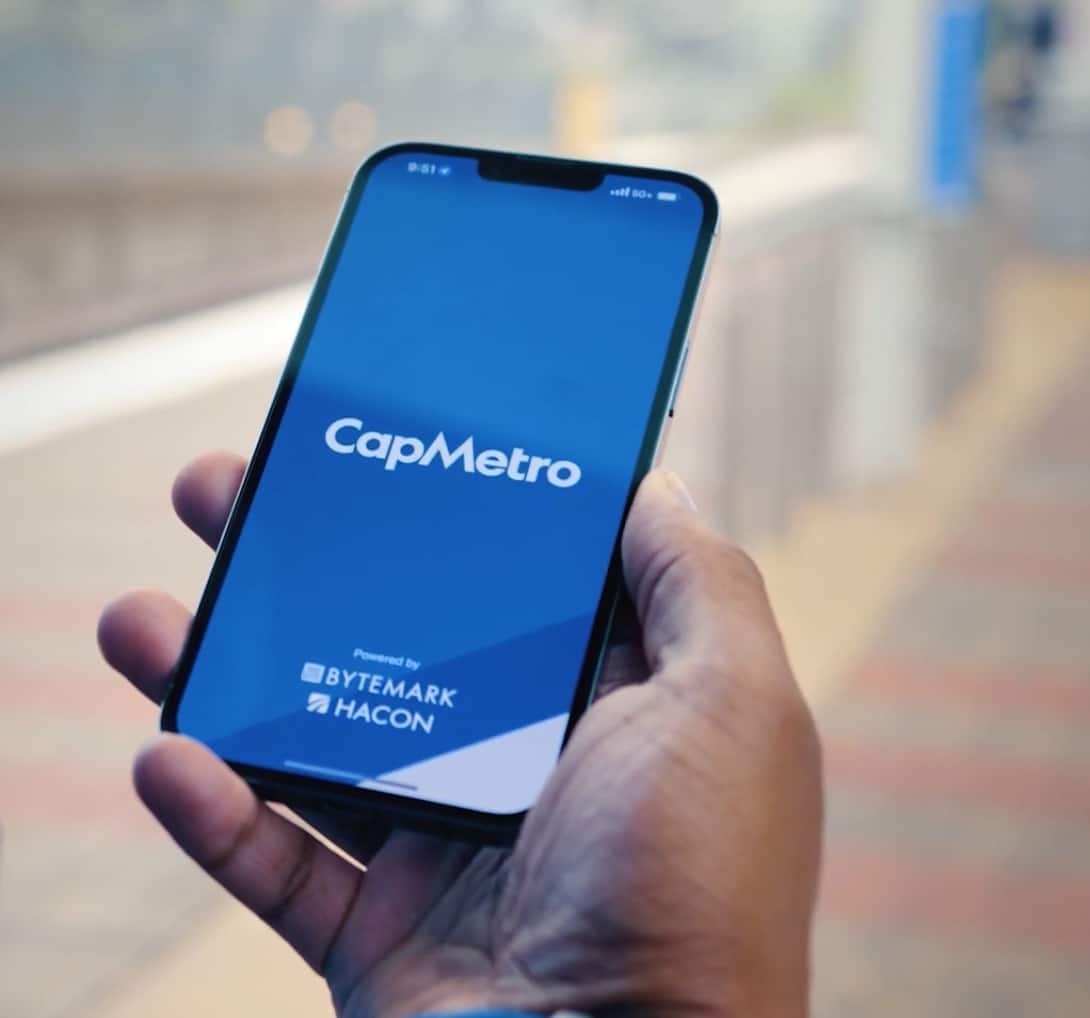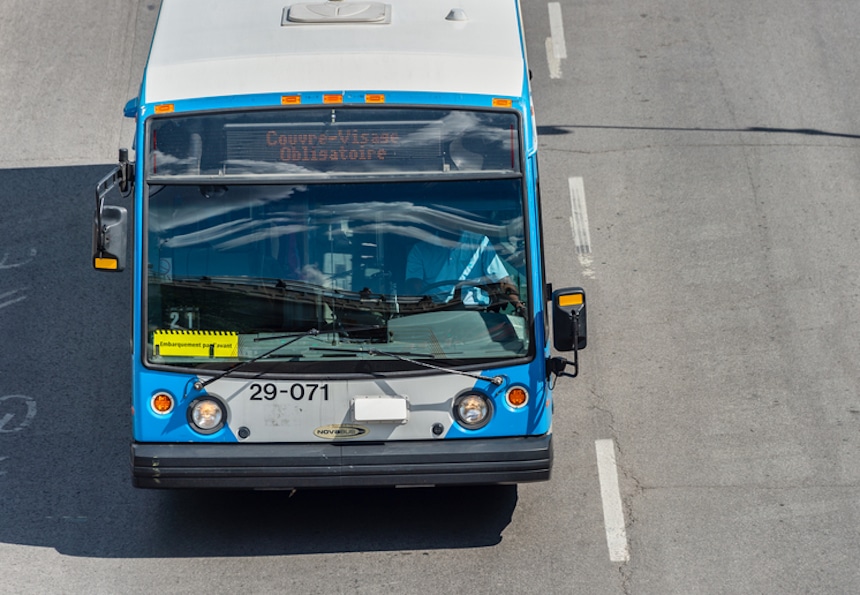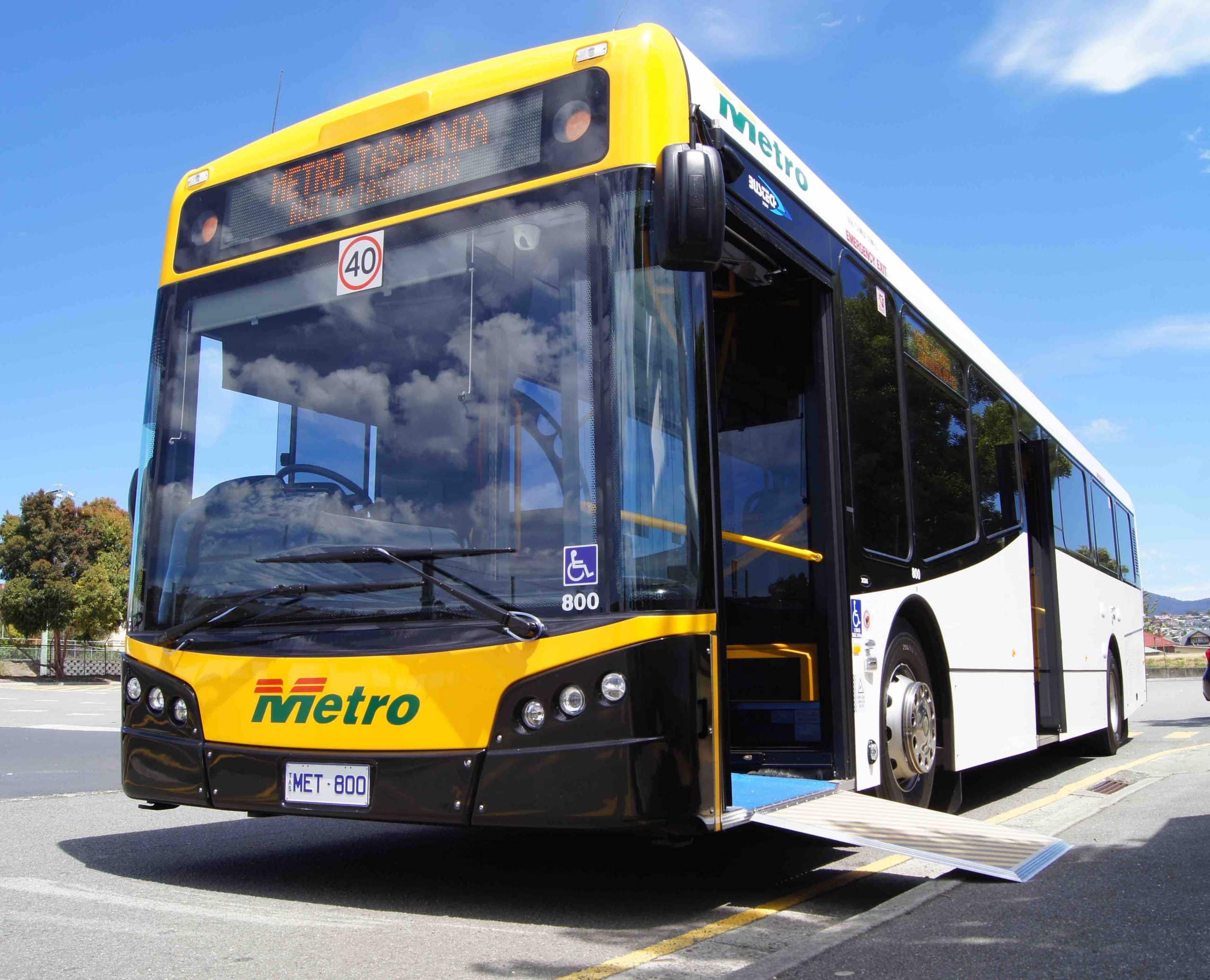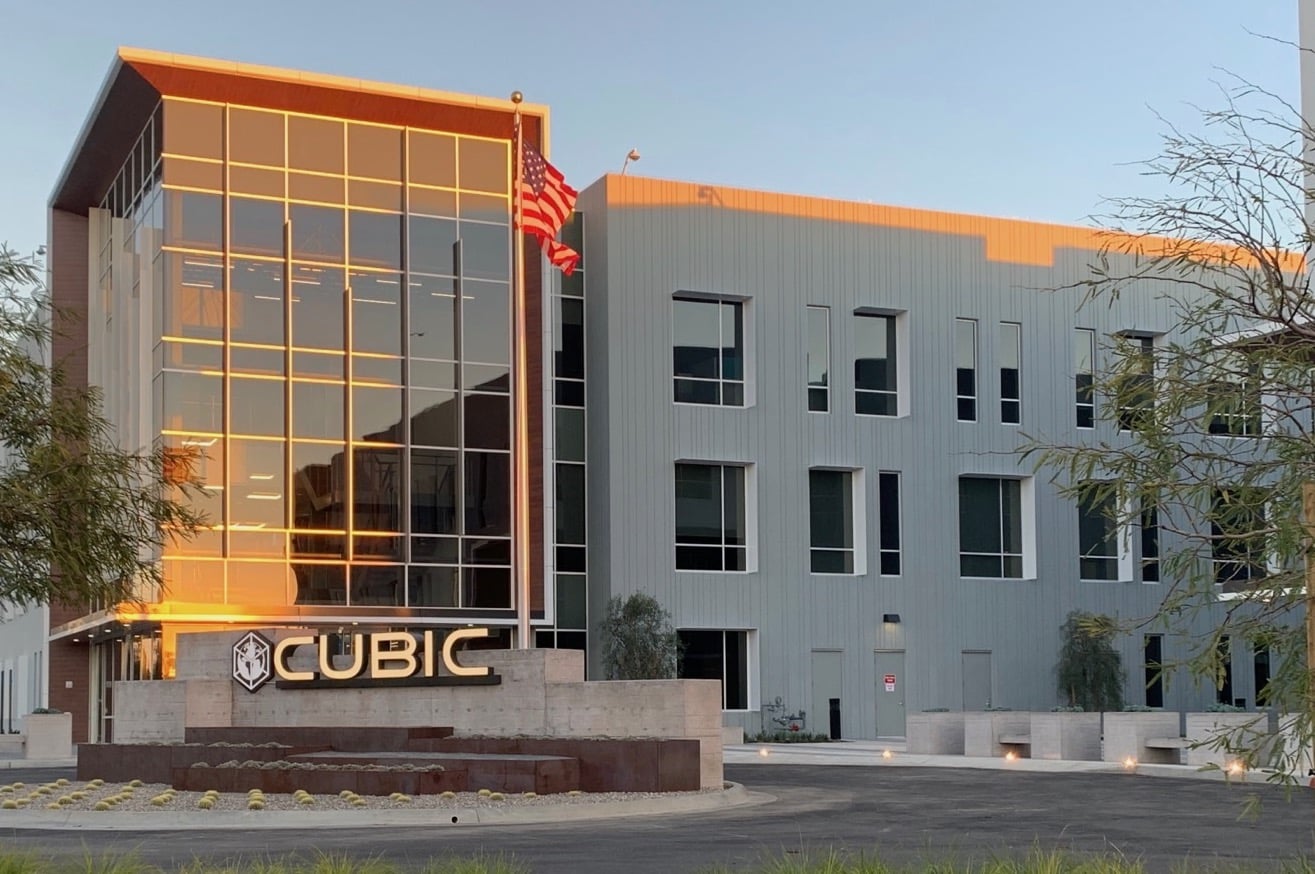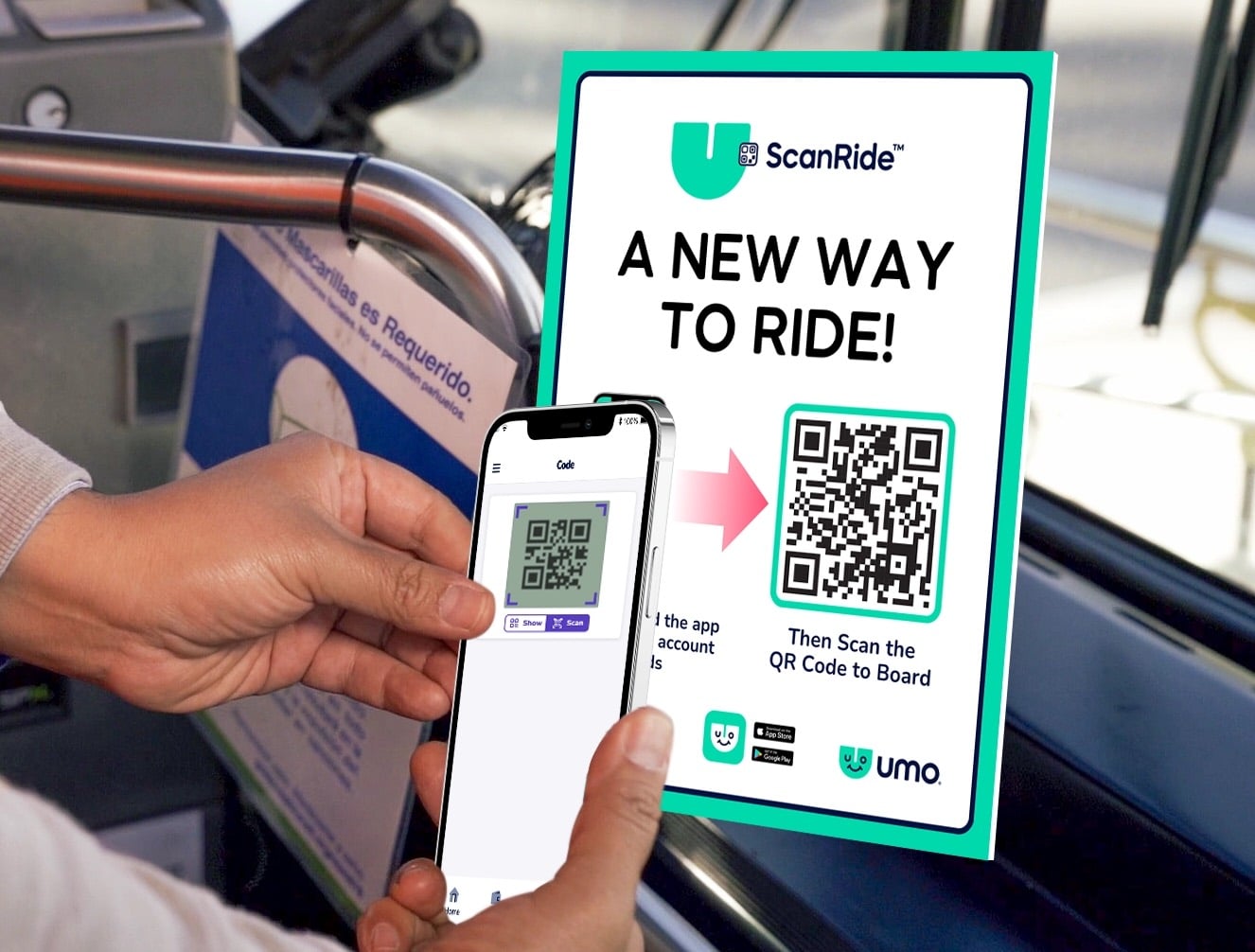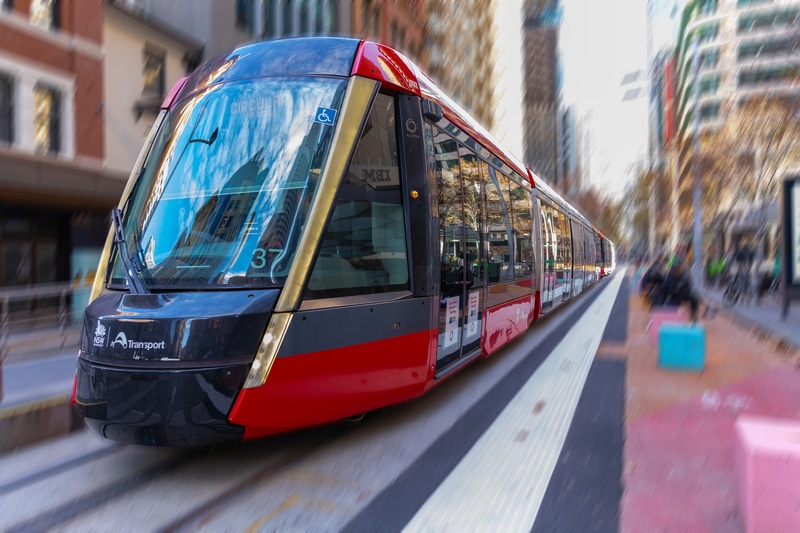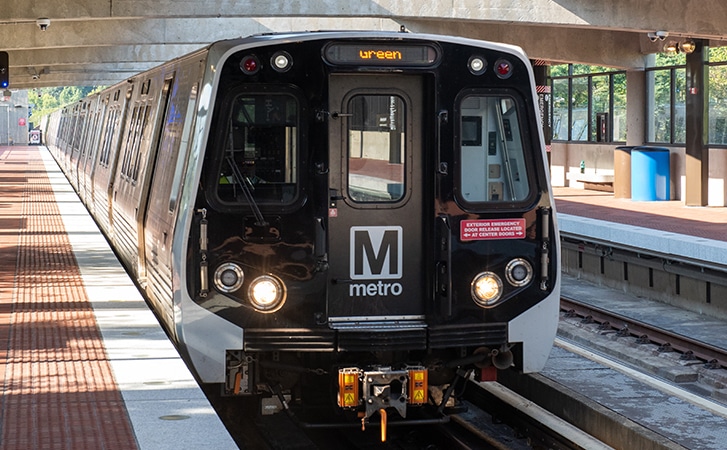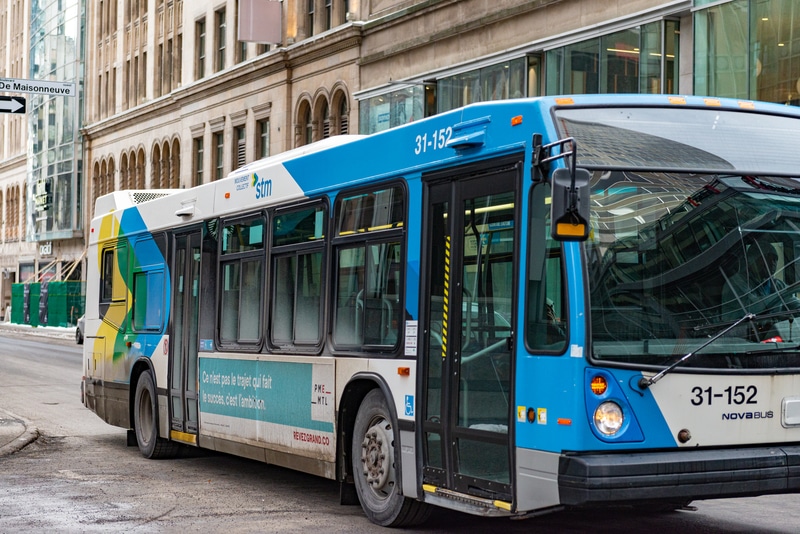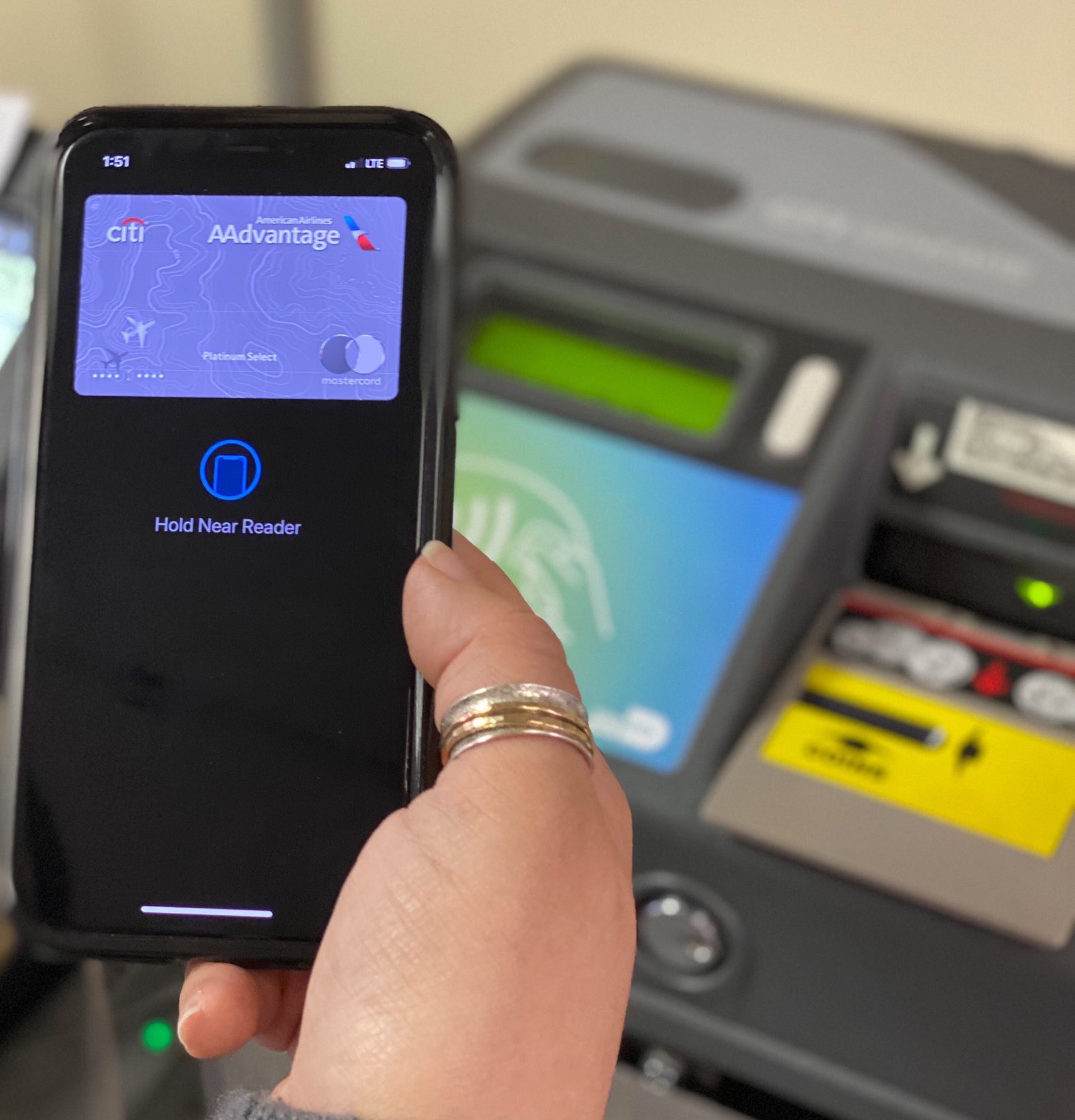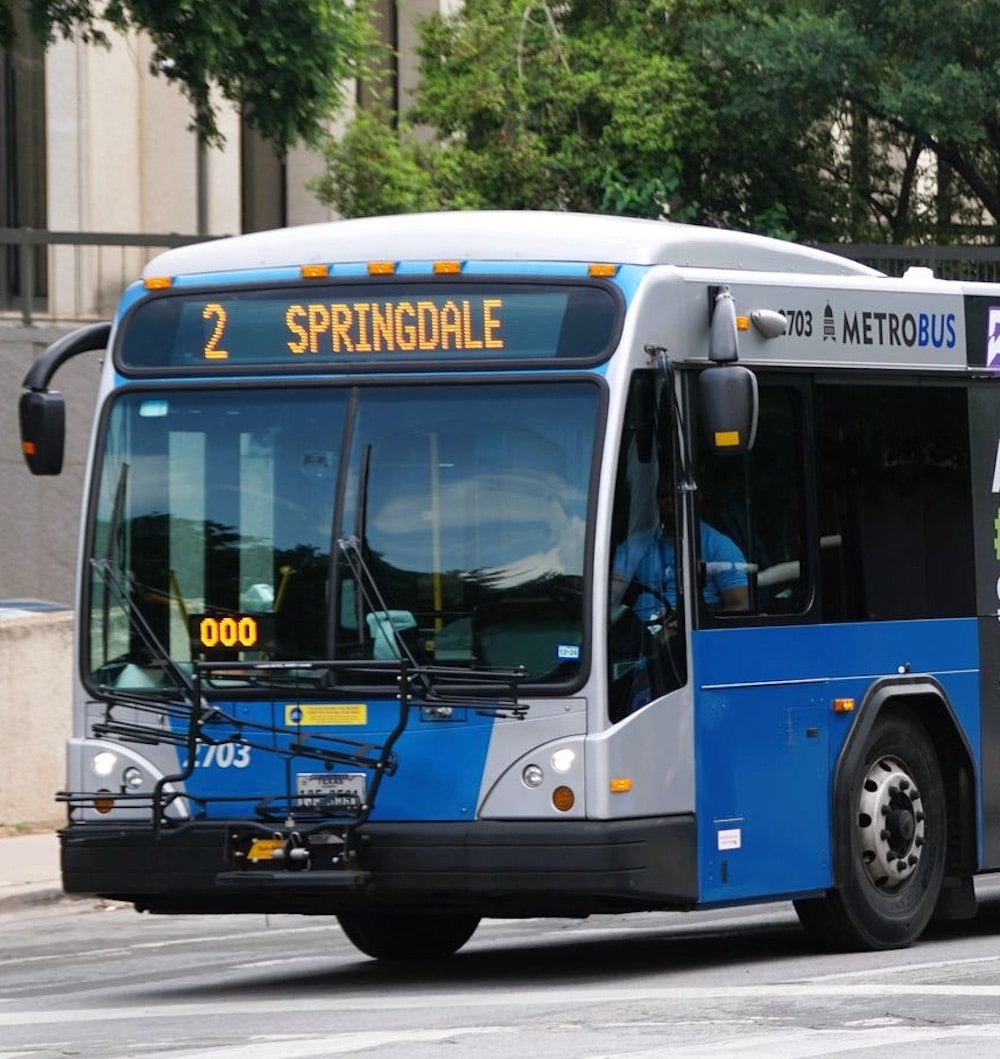Article Highlights
Scottish bus operator Lothian Buses is touting a contactless adoption rate nearing 60%. While impressive, the rate appears to fall roughly by around half if generous concessions are included.
The service now averages around 80,000 open-loop taps per day and last month hit a record or more than 100,000 taps in a single day during a festival in Edinburgh.
• Lothian Buses (Scotland)
• Flowbird
• Elavon
• NMI
Transport for London isn’t the only transit agency in the UK seeing high adoption rates for open-loop fare payments. Among the others is Scottish bus operator Lothian Buses, which said its contactless penetration is nearing 60%.
But like Transport for London, which has touted 60%-plus open-loop adoption rates, Lothian’s high share of rides paid for with credit and debit cards and NFC wallets comes with a caveat.







